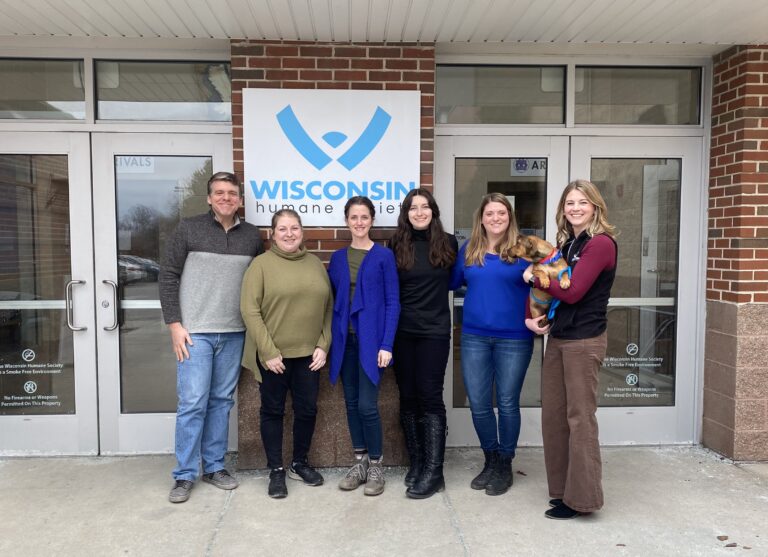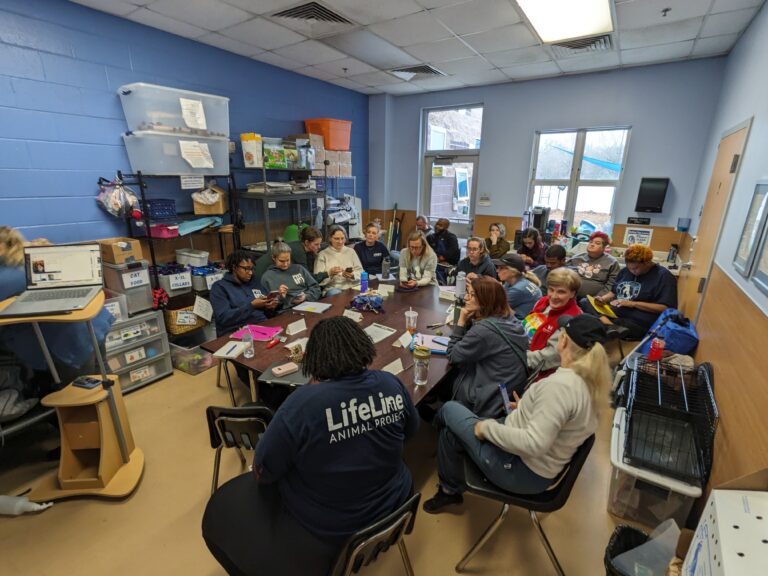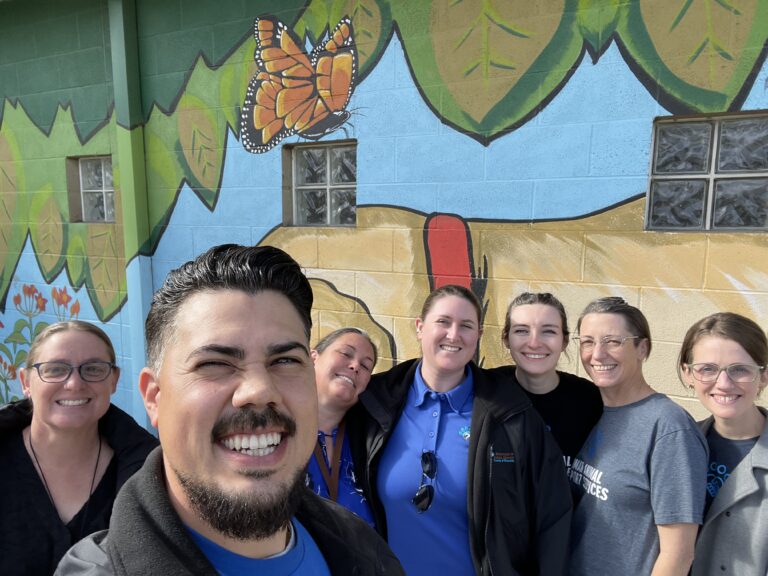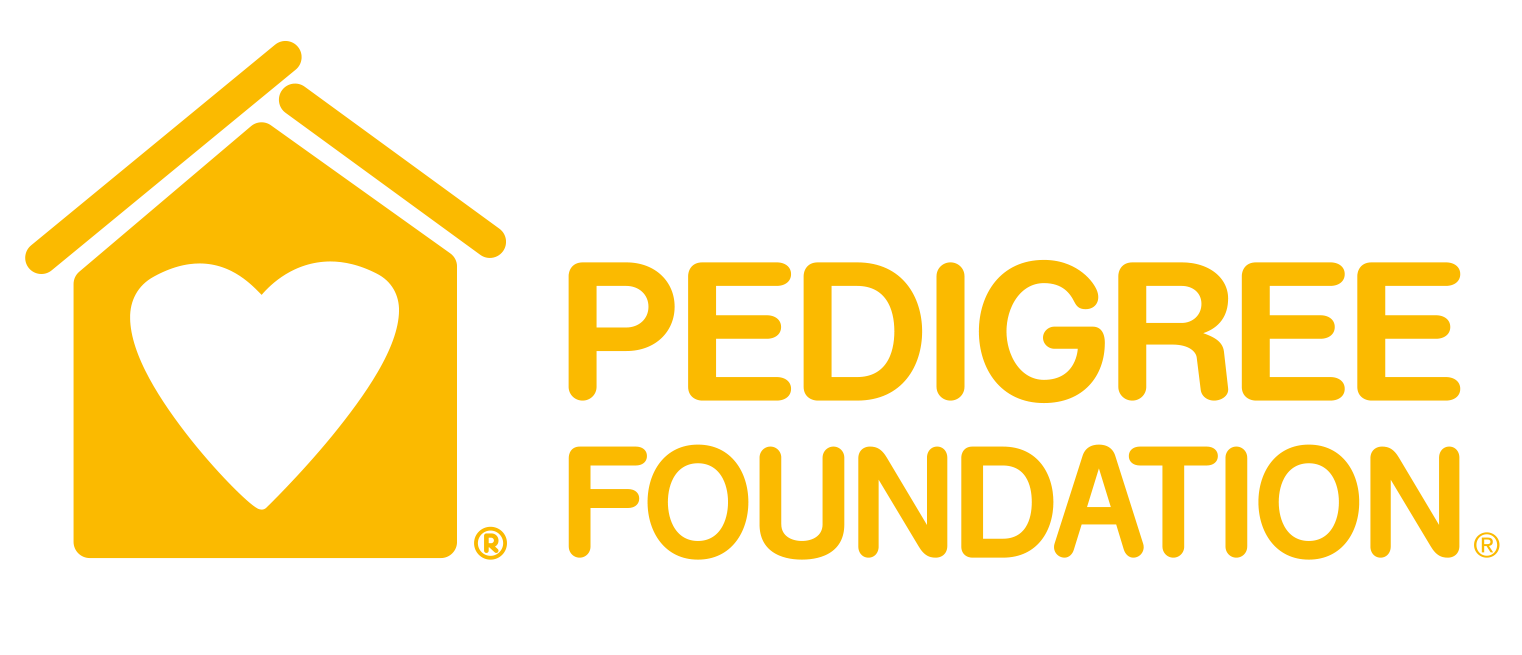What is the Competitive Pet Placement Project?
A project dedicated to improving one thing: adoption outcomes
The animal sheltering industry has seen a troubling trend in recent years as an increasing proportion of people acquire dogs by purchasing them vs. adopting. Surveys by various national groups consistently show annual pet acquisition data is declining. If shelters are to remain competitive in pet acquisition, it’s time to consider how to regain ground.
Five shelters, alongside HASS, took up the challenge to evaluate internal shelter practices or procedures that may have become unnecessary barriers to positive adoption outcomes.
The Results? Read more below.
The data shows, adoption outcomes continue to decline in shelters nationwide. Projects like HASS seek solutions that rise above the current system, decrease the burden on shelters, and increase both pet and community support.
Supported by PetSmart Charities, HASS embarked on the Competitive Pet Placement Project in 2023.
From the start, a collaborative effort began to evaluate the internal procedural structures of five animal welfare organizations to identify any barriers preventing adoptions. This evaluation process consisted of detailed data gathering and analysis, customized programming development informed by the data, an onsite visit for program implementation and staff training provided by HASS and more.
Following the implementation stage, HASS continued to work alongside the organizations to monitor progress and provide remote support.
Five nationally recognized animal welfare organizations, four of which are HASS Pilot Shelters.
These include:
- Cincinnati Animal CARE
- Charlotte-Mecklenburg Animal Care & Control
- LifeLine Animal Project
- Riverside County Department of Animal Services
- Wisconsin Humane Society
Key Project Takeaways
Questions to Ask
We are in a new era of animal sheltering and it’s time to take a step back and reflect on the public’s adoption experience from the moment they enter the shelter.
- What is it like to be a potential adopter coming to your animal shelter?
- What does your adoption process really feel like for someone wanting to take a pet home?
- Who is coming to your shelter and what is that experience like?
- Who isn’t coming to your shelter from your community?
Conclusions
- Audit existing processes for low level barriers prioritizing staff and leadership accountability, buy-in and passion for making necessary changes.
- Treat everyone coming to your shelter as if they are a potential adopter and don’t be afraid of community feedback. Implementing automated feedback loops will give your organization the answers they need to make the experience better for staff and the public alike.
- Crowdsource improvements from within your own teams, the answers may already exist in another department or through your volunteer base.
- Use data to identify why people who are intending to adopt, don’t adopt, and use that data to make decisions.
- Just start. A new process doesn’t have to be perfect before starting, improvement is continuous.
Implementation Resources
To make the implementation process easy, check out this video tutorial and HASS’ complimentary how-to guides outlining every step of the process.
The process and programming implemented within the Competitive Pet Placement is able to be customized and launched at any organization aiming to improve adoption outcomes.
Pet matchmaking aims to find positive outcomes for pets in care. To successfully match pets quickly with potential adopters and fosters, staff must be trained on people-centric customer service protocols and conversational interviewing.
Download the Guide >
A virtual pet meet & greet is a remote video call where potential adopters can interact with a pet, ask questions, and learn more about care needs. These increase accessibility to meet pets eligible pets without traveling to a specific shelter location and offer the chance for adopters to see the pet in a more relaxed, home environment.
Download the Guide >
Unnecessary barriers or complicated processes to completing an interest form may deter individuals from connecting with your organization, reducing the potential positive outcomes for pets in care. These barriers may range from overly long applications, home visits, references, and other practices that are all too common in the animal welfare industry. With at least 690,000 shelter pets being euthanized in 2023 alone, creating inclusive, accessible, and barrier-free processes is an essential solution.
Download the Guide >
Foot traffic data highlights who is visiting the shelter, why, and whether or not they leave with a pet. Analyzing this shelter foot traffic data informs strategic decisions across all departments, staff and customer services efforts.
Download the Guide >
Fostering and other temporary placement programs may contribute to lower length of stay and increased adoption rates by allowing pet personalities to shine with support from their biggest fans, their foster caretakers. Eliminating unnecessary barriers by simplifying this process aids the shelter, the fosters, the staff and the pets in need.
Download the Guide >
Developing and evaluating heat maps that represent a shelter’s community, census data, pet ownership and community support needs can inform the strategy behind where, how and when a strategic offsite adoption event is developed. Doing so provides a hyper-targeted approach to increase the likelihood of adoptions accordingly.
Download the Guide >
Shelter Experiences
Learn more about each shelter that collaborated with HASS for Competitive Pet Placement project and their high-level results










